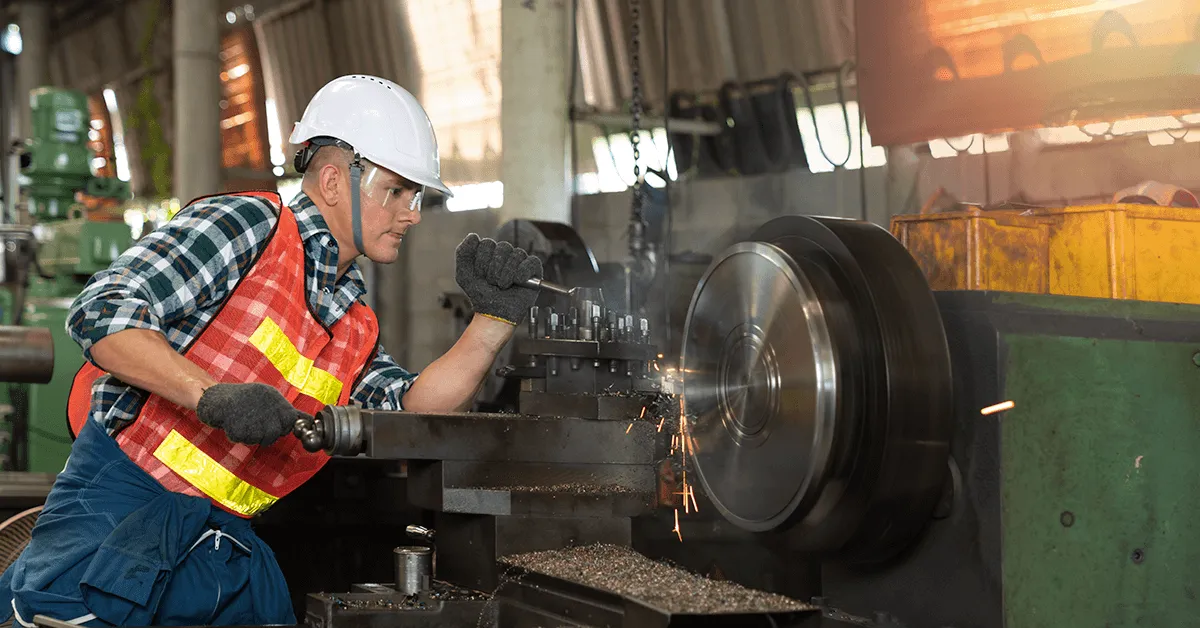
If you could prevent a headache from happening, wouldn’t you? Practically speaking, you can if you engage in preventive maintenance. Rather than waiting for something to break, companies are better off adopting a proactive mindset when it comes to facilities upkeep, improvements, and repairs. The benefits of facility preventive maintenance speak for themselves in not only headaches avoided but costs saved, liability prevented, and the continued status quo of the workplace.
It’s easy to see preventive maintenance as “jumping the gun” or fixing something before it needs repairs. The fact is, a well-calculated approach to preventive maintenance can undercut problems before they begin. Done right, it’s the perfect approach to asset management: planned intervention just before failure to create sustainable continuity.
What is facility preventive maintenance?
There are two schools of thought when it comes to maintenance of any kind: preventive vs. reactive. Preventive is a focus on solving problems before they require a solution; reactive waits for the problem to manifest before solving it.
In the context of facility maintenance, preventive simply means getting ahead of facility upkeep before it deteriorates to the point of affecting employees and productivity. As a very basic example, it might mean emptying all garbage cans every day to prevent accumulation, as opposed to waiting for the bin to get full, then emptying it. This simple concept applies to every part of facilities, from garbage cans to capital systems like plumbing and HVAC.
Buildings and their many subsystems need maintenance. Choosing a protective approach means getting ahead of maintenance before it erupts into problems.
The benefits of facility preventive maintenance
A preventive maintenance plan is complex to orchestrate but hugely beneficial when up and running. It can be the difference between waiting for a problem to erupt and preventing that problem from ever arising. That means reaping all the benefits that come from not needing to remediate an issue. Time spent not fixing something is time better spent being productive. Here’s a look at what this means in the context of facility preventive maintenance:
- Better asset management. When assets like the copy machine, your server stack, or an elevator break down, they’re not usable. Preventive maintenance keeps vital assets up and running, so they can continue to serve productive uses—including facilities themselves.
- Reduced liability. If something breaks down and becomes a hazard, it puts employee safety at risk. Fixing the leaky sink before it develops a pool of water and someone slips is a simple example of how preventive maintenance leads to reduced liability.
- Improved cost control. It doesn’t take an expert to realize that the cost of preventive repairs is often much less than the cost of reactive service. Repairing before a cascade of problems is a smart way to save money on future preventable issues.
- More accurate cost planning. Preventive repairs are accounted for. That means knowing ahead of time what the rough cost of service will be. Instead of waiting for a cost-inducing event, preventing maintenance enables better budgeting to preempt costs.
- Better maintenance allocation. Planning for maintenance is also a great way to keep in-house craftspeople staffed accordingly. It prevents a deluge of work orders and instead, strings out routine maintenance and repairs over a more manageable timeline.
- Streamlined facility services. As items come up for preventive maintenance, it becomes easier to assess peripheral systems and check upcoming logs. This promotes holistic facilities services that prevent even more troubles from arising unabated.
- Improved company morale. It a small, yet meaningful benefit. When the workplace functions without problem, employees feel more welcome and at home in it. Reactive maintenance leaves employees waiting to use amenities they expect to be available.
- Accurate facility oversight. Preventive maintenance means always knowing the status of facilities. What’s due for service? What’s recently been serviced? Are there pending issues to resolve? A preventive maintenance stance is part of proactive facilities management.
Preventing a problem always trumps remediating it after its already occurred. Facility managers who take a proactive stance against maintenance issues will reap the many benefits of facilities that work as expected and in a way that supports the activities within them. Whether it’s changing a lightbulb or scheduling HVAC cleaning, every small proactive step adds up to cumulative benefits.
Get ahead of problems, before they become problems
The benefits of implementing facility preventive maintenance show up in so many different ways. Fewer unexpected costs and better budgeting of facility upkeep. Better utilization and ROI from facilities. Enhanced employee safety and reduced liability. All this and more from the decision to prevent problems, instead of being content to fix them.
Companies that choose preventive maintenance will find that their facilities and everything in them run smoother on a day-to-day basis. Fewer headaches mean fewer problems, which promotes productivity and efficiency. It’s an investment in maintaining the status quo and choosing to contend with fewer disruptions to the workplace.


